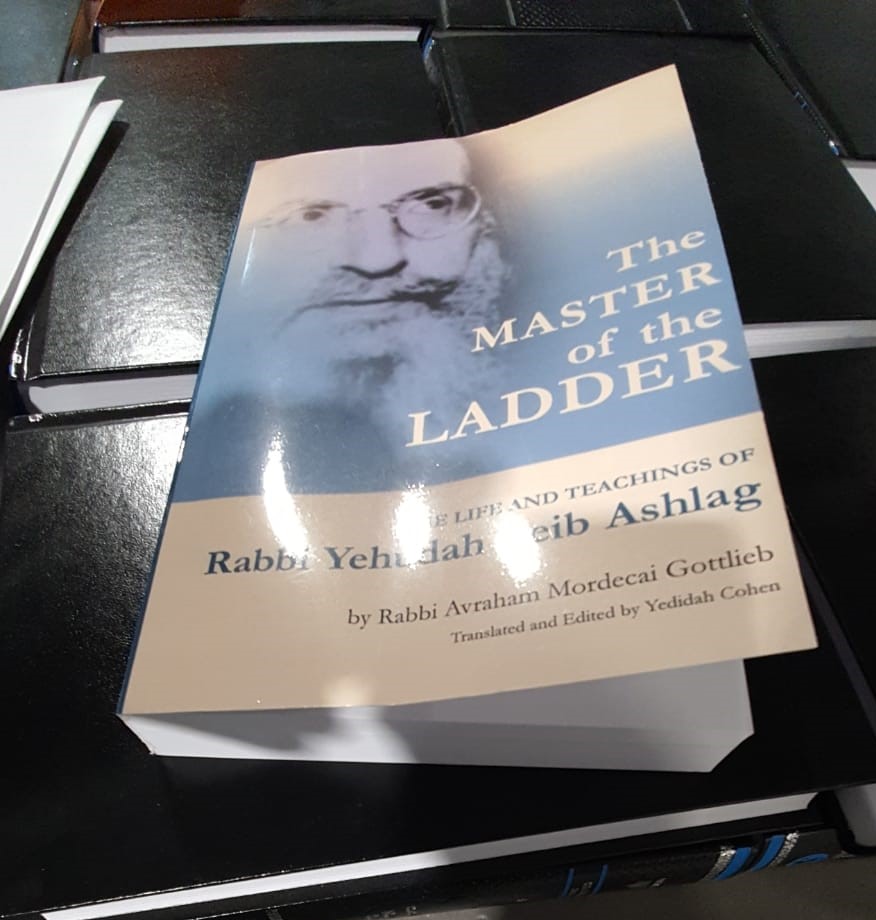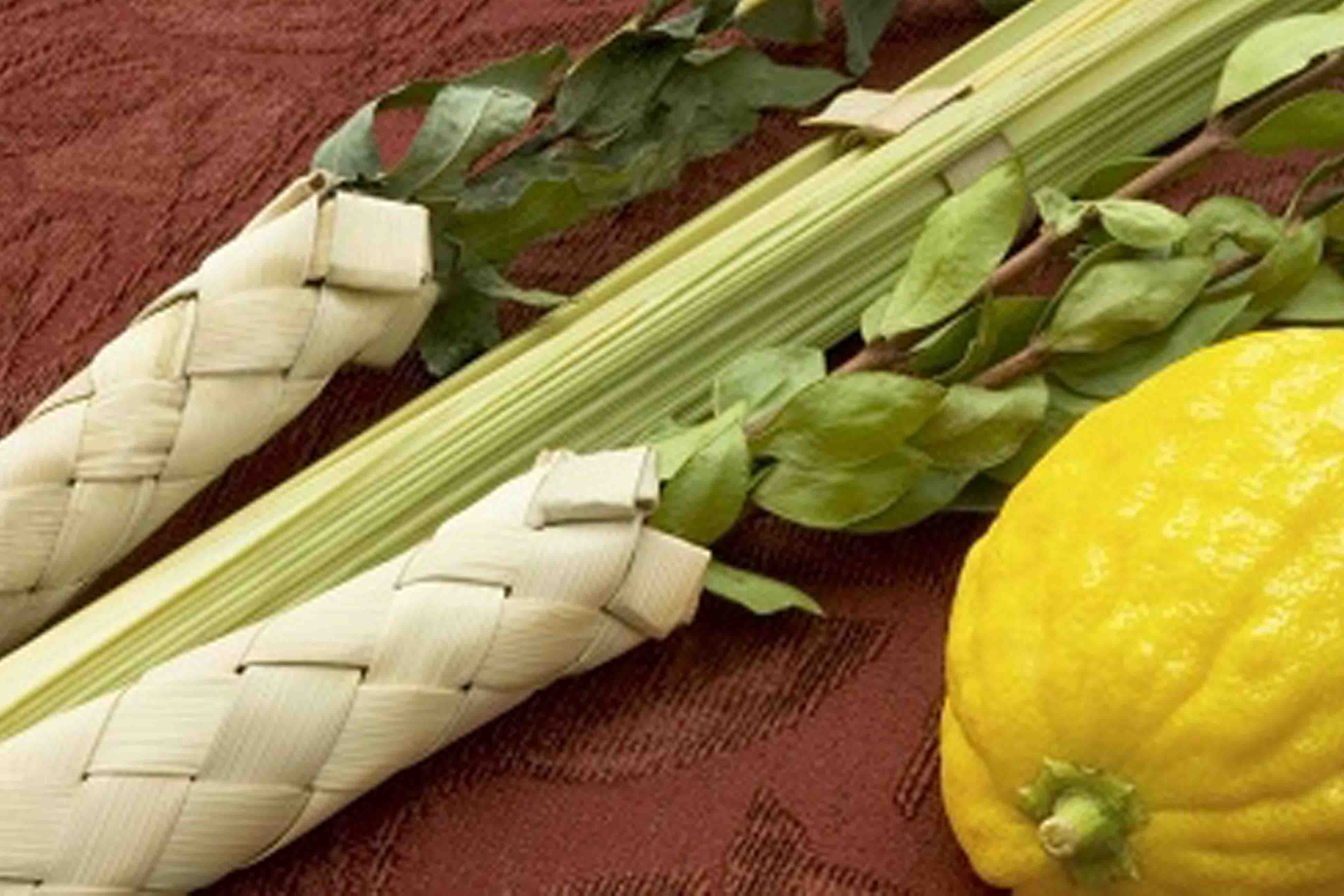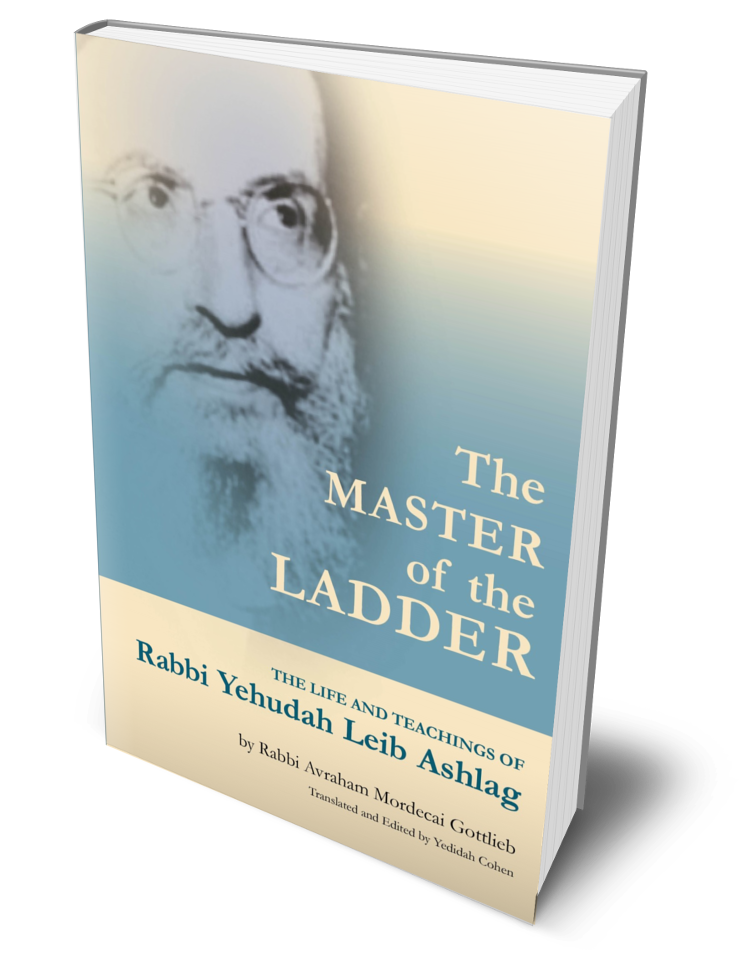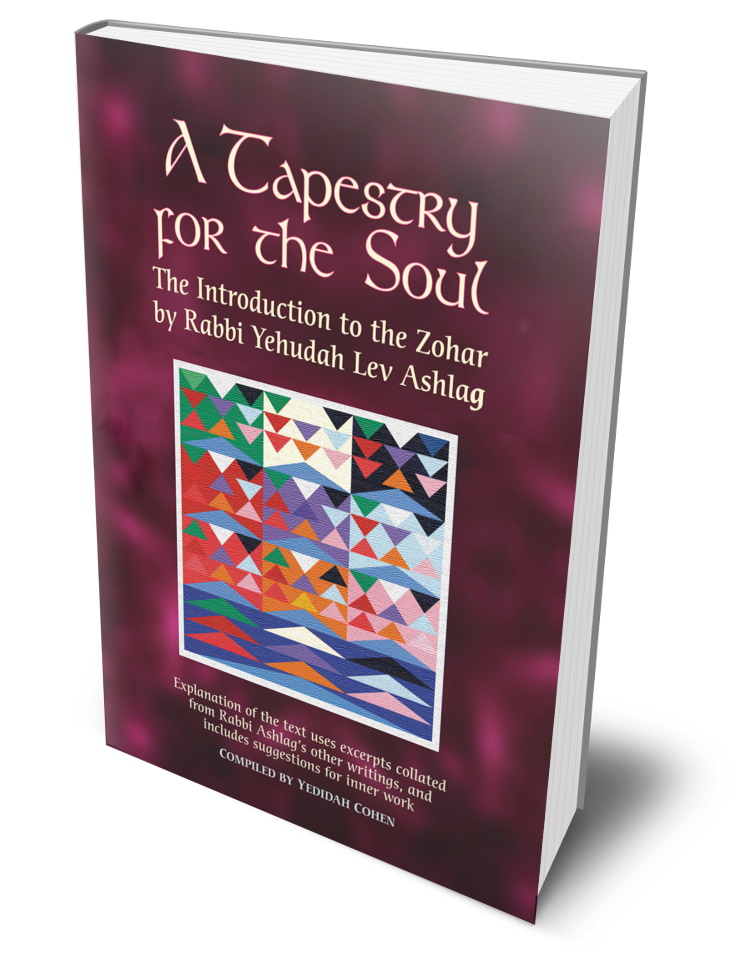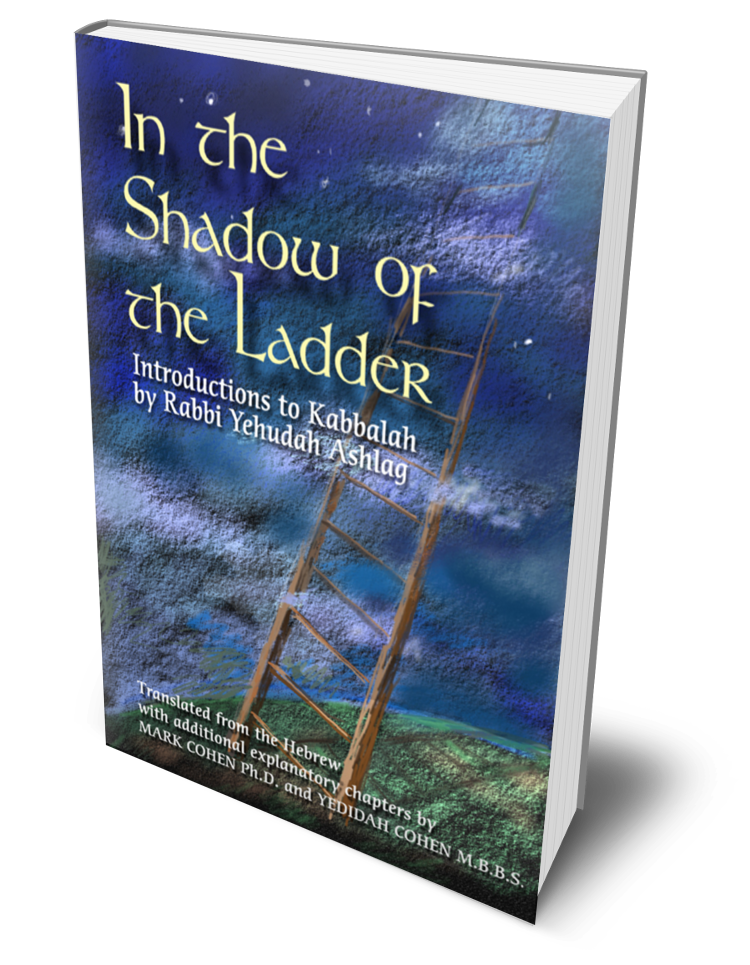At long last! The printers sent me a photo of the finished book, bound and printed. Seven years of translating, editing, and collating, had fulfilled their promise.
Finally, a biography of the great Tzaddik and Sage of our time, Rabbi Yehudah Leib Ashlag, known as “Master of the ladder”is available for the English-speaking world.
To translate doesn’t mean just going from one language to another— there are now quite sophisticated apps that will do that, but to translate means to grasp the spirit of the work, it means to try and discover what it was that Rabbi Ashlag really wanted to say. What did he want to communicate? And what language did he use to say it with?
The first great translators of the Torah, Onkelos and Yonaton ben Uziel, who translated the Torah from its original Hebrew into Aramaic, the language spoken in daily life at the time, are widely considered the first commentators of the Torah. They were channels that brought the wisdom of the Torah to the people of their time.
In this sense, Rabbi Ashlag may also be considered a translator. He translated the language of Kabbalah— the language of Sephirot and partzufim— into ideas that can be understood by the ordinary person. Many people mistakenly think that if you know what the Sephirot stand for and you have some knowledge of the four spiritual worlds that makes you a Kabbalist. But Rabbi Ashlag taught that the Sephirot are simply the bricks to build with, they are the consonants and the vowels of a language of feeling, of intention, and of relationships; aspects of ourselves that, in our day- to- day language, we have no words for.
It was in his seminal work on the Torah of the great sixteenth-century Kabbalist the holy Ari that Rabbi Ashlag first developed his understandings of the language of Kabbalah. Looking at life as arranged according to vertical connections between this world and the higher worlds, the Ari discerned the flow of light and vessels as a dynamic dance of giving and receiving between us and the Creator. Thus was born a language that can describe processes that take place beyond our ordinary senses in a consciousness of the eternal present; processes in which our ordinary perceptions of time and space don’t function.
Rabbi Ashlag, in opening up the Zohar in his Perush HaSulam, the Ladder – his great commentary on the Zohar, gave us access to wisdom that helps us connect with the Creator. By giving us a language to aspects of ourselves for which we previously had no language, we can become aware of ourselves and our motives with greater ease and accuracy. We can begin to discern the murky regions of Torah shelo lishmah, Torah that is carried out with ulterior motives mixed in, and we can begin to clarify them, bringing them into a real service of God and to our fellow human beings, springing from a true and honest place within ourselves, Torah l’shmah, Torah that we practice unconditionally, with love.
The Master of the Ladder, the Life and Teachings of Rabbi Yehudah Leib Ashlag translated by Yedidah Cohen is available from next week in Israel from www.nehorapress.com and will be available from Amazon .com in the near future.
{ 2 comments }
